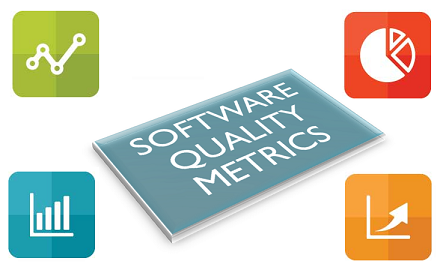In today’s data-driven world, the ability to analyze software data effectively is crucial for driving improvements, ensuring quality, and enhancing user satisfaction. Whether you’re a developer, product manager, or a data analyst, understanding which metrics to track can provide invaluable insights into your software’s performance and user experience. Here are some key metrics to consider when analyzing software data.

1. User Engagement Metrics
a. Daily Active Users (DAU) / Monthly Active Users (MAU) – These metrics indicate the number of unique users who interact with your software on a daily or monthly basis. They are crucial for understanding user retention and engagement trends.
b. Session Length – This metric measures the average time a user spends in a single session. Longer session lengths typically indicate higher user engagement and satisfaction.
c. Page Views / Screen Views per Session – Tracking how many pages or screens users navigate through in each session can help identify the most engaging content and potential drop-off points.
2. Performance Metrics
a. Load Time – The time it takes for your software or web application to load. Faster load times generally lead to better user experiences and lower bounce rates.
b. Crash Reports – Monitoring the frequency and details of crashes helps identify stability issues. A high crash rate can severely impact user satisfaction and retention.
c. Response Time – This measures how quickly your software responds to user inputs. Low response times are essential for maintaining a smooth and efficient user experience.
3. Quality Assurance Metrics
a. Bug Tracking – Keeping track of the number, severity, and frequency of bugs reported by users or found during testing. This helps prioritize fixes and improvements.
b. Code Quality Metrics- Metrics like cyclomatic complexity, code churn, and technical debt provide insights into the maintainability and quality of your codebase.
c. Test Coverage – The percentage of your code covered by automated tests. Higher test coverage can lead to more reliable software and easier maintenance.
4. User Feedback Metrics
a. Net Promoter Score (NPS) – A measure of how likely users are to recommend your software to others. It provides a clear indication of overall user satisfaction and loyalty.
b. Customer Satisfaction Score (CSAT) – Direct feedback from users on their satisfaction with specific aspects of your software. This can be collected through surveys and feedback forms.
c. Feature Request Frequency – Tracking the number of requests for new features or improvements can guide your product development roadmap and prioritize user-desired functionalities.
5. Business Metrics
a. Churn Rate- The percentage of users who stop using your software over a given period. Reducing churn is crucial for sustaining growth and revenue.
b. Customer Lifetime Value (CLV) – An estimate of the total revenue a customer will generate over their lifetime. Higher CLV indicates more loyal and profitable customers.
c. Acquisition Cost – The average cost of acquiring a new user or customer. Keeping this cost low while increasing the number of new users is key to sustainable growth.
6. Usage Metrics
a. Feature Usage – Tracking how often specific features are used can highlight their importance and effectiveness. It helps in identifying underutilized features that might need improvement or marketing focus.
b. Retention Rate – The percentage of users who continue to use your software over time. High retention rates are a positive indicator of user satisfaction and product value.
c. Funnel Analysis – Analyzing the steps users take from initial engagement to goal completion (such as making a purchase or signing up). It helps identify where users drop off and how to optimize the user journey.
Conclusion
Tracking these key metrics provides a comprehensive view of your software’s performance, user engagement, and overall quality. By regularly analyzing these data points, you can make informed decisions to enhance your software, improve user satisfaction, and drive business growth. Remember, the right metrics for your software may vary based on your specific goals and industry, so tailor your analysis to fit your unique needs.
